Desert Wonders: Secret Treasures and Unusual Fauna You Should Not Miss The Mystery of the Beauty of Deserts
Table of Contents
Introduction
To most of us, deserts are large, open, and sandy lands, barren, and seemingly devoid of any life. However, there is much more to a desert than these endless stretches of dunes-and a beating sun. These arid regions, which cover one-third of Earth’s surface, have some of its most incredible landscapes and unexpected life bursts. This beautifully harsh condition hid some of the most extraordinary landscapes and wildlife changes on our planet.
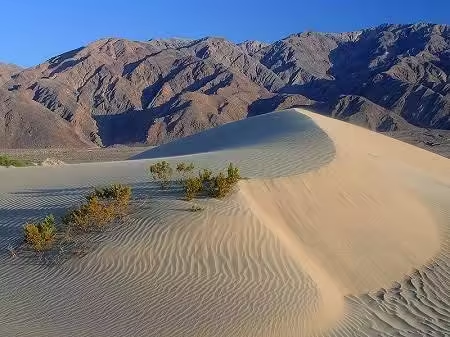
Contrary to the general misconception that deserts are something empty and dull, they abound with hidden treasures, ranging from breathtaking canyons to hardy, struggling wildlife. In the next article, we shall venture into some of the world’s most spectacular deserts, search for, and discover some amazing plants and animals adapted to survive in these harsh settings.
Hidden Natural Treasures of Deserts
What would you like to know first: the mystique and beauty of the desert landscape, but also some pretty amazing natural wonders you have nowhere else in the world.

The Great Sand Dunes: Desert Giants
The Mesmerizing Dunes of Namibia’s Sossusvlei
In Namibia, the Namib Desert presents some of the tallest sand dunes in the world, based at Sossusvlei. Rising as high as 300 meters, these monster dunes are quite breathtaking, especially when bathing in the pink light of dawn or dusk. The rust-red colour of the sands against an endless blue sky makes Sossusvlei photographer’s heaven.
The Moving Dunes of the Empty Quarter
The Rub’ al Khali, also referred to as the “Empty Quarter,” stretches from Saudi Arabia, Oman, the UAE, and Yemen. This enormous expanse of continuous sand desert is similar to a roaring, breathing desert, shifting and changing beneath the persistent winds.

Salt flats are one of the most effective natural mirrors to depict the wonderful sight of a featureless sky. Out of these, Salar de Uyuni in Bolivia qualifies as the world’s largest salt flat.
No place in the world is quite like the surrealism of Salar de Uyuni, Bolivia. This salt flat turns into a giant mirror at times that are sufficiently rain-soaked so walking on it, one has the illusion that one is walking with the clouds. It’s one of the most spectacular visual experiences on earth-a creation made by the freakish conditions of this desert landscape.
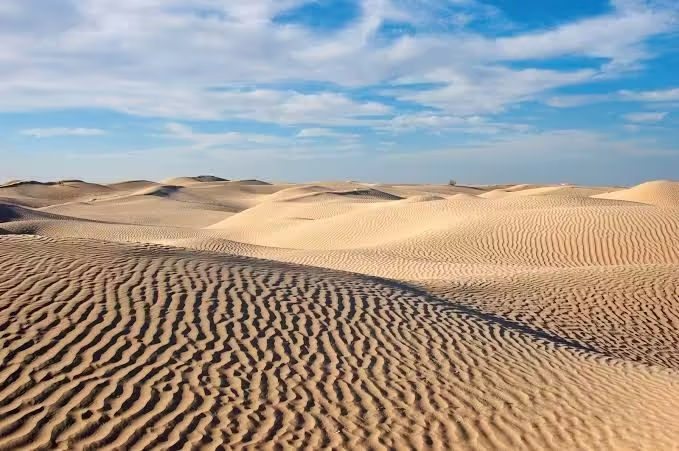
The Majestic Salt Pans of Makgadikgadi
The Makgadikgadi Salt Pans in Botswana were the bed of an ancient lake that dried thousands of years ago. Salt flats like these reflect the light of the hot sun, cut through a horizon line with no limit, and give a kind of eerie, lunar appearance. At certain times of the rainy season, the pans fill up to form a shallow lake, but it hosts flocks of flamingos.
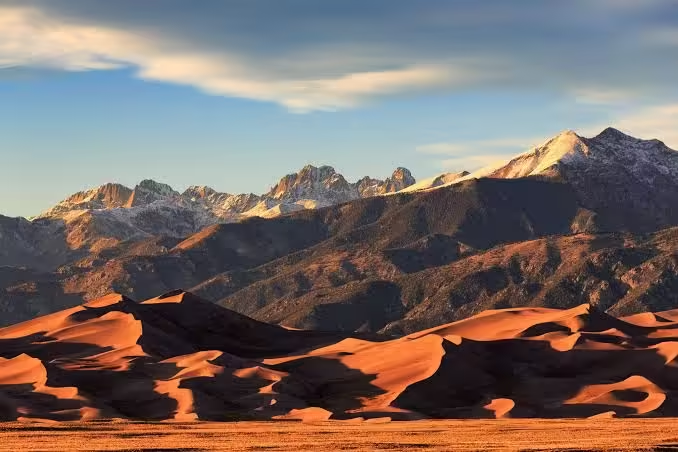
Canons and Gorges: Works of Nature
Grand Canyon of Arizona: Iconic Desert Landscape
No list of desert wonders would be complete without a mention of the Grand Canyon. This iconic desert feature was carved by the Colorado River over millions of years. The scale, colorful layers of rock, and dramatic vistas of the canyon make it one of the world’s greatest and awe-inspiring sights.
Fish River Canyon in Namibia: A Geological Marvel
Located in southern Namibia, Fish River Canyon is still the largest canyon in Africa. Its rugged cliffs and deep gorges speak of the power of water in shaping even the most inhospitable desert landscapes.
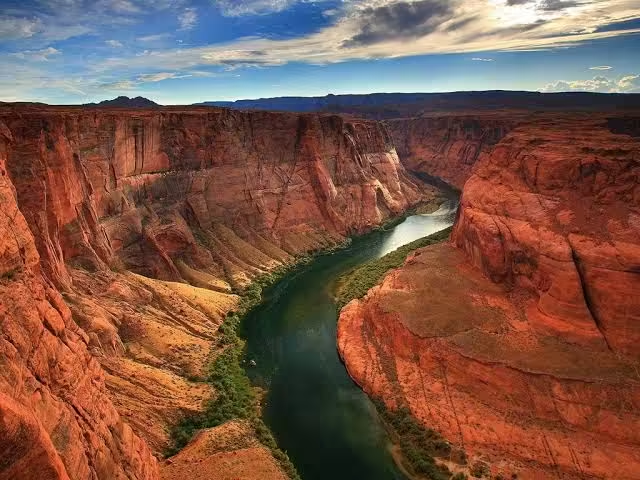
Cinematic Wildlife Adaptations
Though deserts seem uninhabitable, they are home to some of the world’s most brilliant survivalists in the animal kingdom. What matters is the adaptation of animals themselves, and desert animals have adapted in fantastic ways in their struggles with extreme heat, lack of water, and scarce food.
Desert Wildlife: Survival Masters Animal Adaptation to Extreme Heat
To endure the blistering sun, desert animals are experts at sidestepping the sun itself. Some live underground in burrows so temperatures are cooler down there. Others like the fennec fox have proportionately large ears to help keep the animal’s body cool by radiating heat.
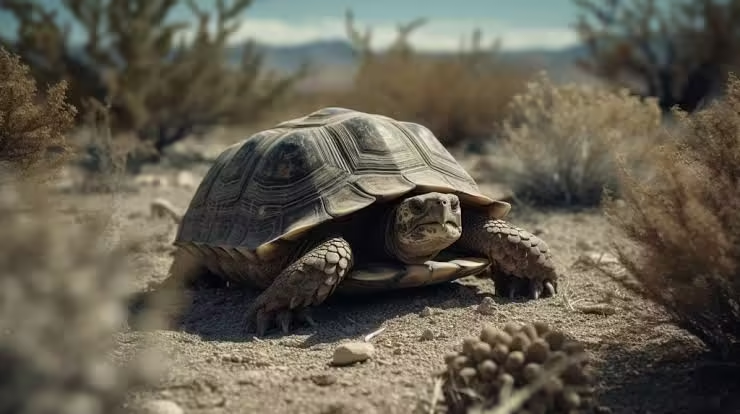
End
In fact, many desert animals, from lizards to mammals, have resorted to nocturnal life just to avoid the extreme heat of the day. By searching and hunting during nights, such animals would not get dehydrated and get overheated. Desert bats, desert foxes, and desert owls are no-brainer examples of night-time hunting creatures that consummate the desert’s ecological space.
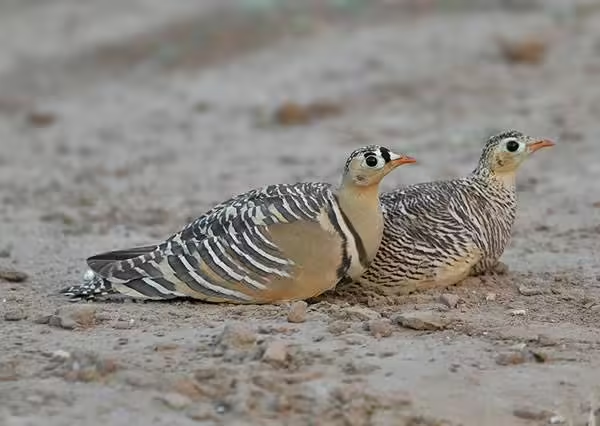
Desert Mammals: From Minuscule Rodents to Majestic Camels
Fennec Fox: The World’s Tiniest Canine with Extraordinarily Big Ears
Indeed, who can ever forget the flat-fan desert fox with ears that must be seen to be believed-they are enormous. These great eyes combined with giant ears facilitate the dissipation of heat and find prey buried deep beneath the sand. This small-sized predator is one of the desert’s most emblematic inhabitants.

Dromedary Camels: The Ship of the Desert
Perhaps the best-known desert animal is the dromedary camel, an example of marvels of desert specialization. It can go for days without water, tolerate extreme temperatures, and store fat in its hump. For thousands of years, this marvelous animal has been an indispensable companion for desert-dwelling peoples.
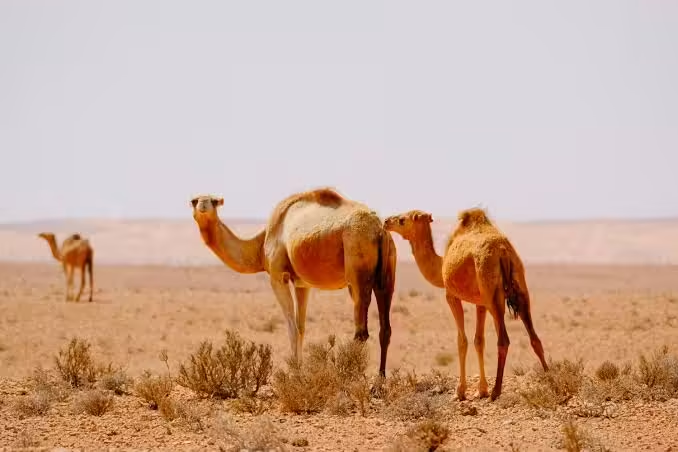
Birds of the Desert: Feathered Survivors
The Elegant Secretary Bird of Africa
It’s a brilliant raptor, living in the semi-arid savannas of Africa, with extremely long legs and a predatory craving for snakes. This bird of prey is quite attractive, and can hunt on the run-the secretary bird never fails to catch everyone’s eye, impressing them with its talent.

The Hardy Sandgrouse: A Marvel of Considerate Water-Saving
The sandgrouse of African and Asian deserts are so adapted. They fly hundreds of miles to find water. Specialized feathers allow them to drink up water from wet spots, carry it back on their feathers, and bring some back to their nestlings.
Reptiles and Amphibians: Desert Specialists for Extremes
The Resilient Desert Tortoise
Desert tortoises inhabit the Mojave and Sonoran deserts in the southwestern U.S., with a large percentage living up to 80 years. These reptiles spend most of their lives in burrows because of the heat; they only come out for the cooler parts of the day or after rains.

Desert Vipers: Silent Hunters of the Sands
Others include desert vipers, such as the sidewinder, which are sneaky ones. These venomous snakes have learned to slither across the sand with speed and precision to strike their prey in the silent night when such pets cannot easily see each other.
Different Flora on Deserts
While desert animals have devised incredible means to adapt to the temperature, similarly, the flora has also done so. Not only are the plants as interesting as the flora of the animals, but species that are experts in water conservation also abound.

Succulents: Nature’s Water Reservoirs
The Aloe Vera: The Healing Wonder of the Desert
An amazingly resilient succulent with medicinal uses, Aloe vera stores water in its thick leaves, allowing it to survive even the driest of conditions. Used for over 3,000 years for soothing and healing by cultures living in the desert.

The Cactus: A Spiny Survivor of Arid Landscapes
Cacti are the desert plant icon. They have huge fleshy bodies where they store water, and their spines protect them from hungry herbivores. The largest saguaro cactus in the Sonoran Desert can hold thousands of liters of water for over 150 years.

The Resurrection Plants: Flora That Comes Back to Life
The Rose of Jericho: The Plant That Defies Death
The Rose of Jericho is a remarkable plant which is able to withstand severe dehydration. During drought, this plant withdraws into itself in the form of a tight ball and appears dead. But give it water and within a few hours, it unfurls itself and comes back to life, indeed the very spirit of desert resilience.

Famous Desert Regions of the World
Sahara Desert: The World’s Largest Hot Desert
The Sahara is, in fact, the largest hot desert globally and covers North Africa. Ironically, though it looks like a desert, many species and human settlements have survived there. Even nomadic tribes, such as the Tuareg, know the way around its reach, and its scattered oases are lifelines.
The Gobi Desert: A Cold Desert with Varied Wildlife
Located across parts of Mongolia and China, the Gobi Desert is unique for the hot summers and freezing winters it tolerates. Yet, here exist the shy Bactrian camel and the already never-to-be-seen Przewalski’s horse.
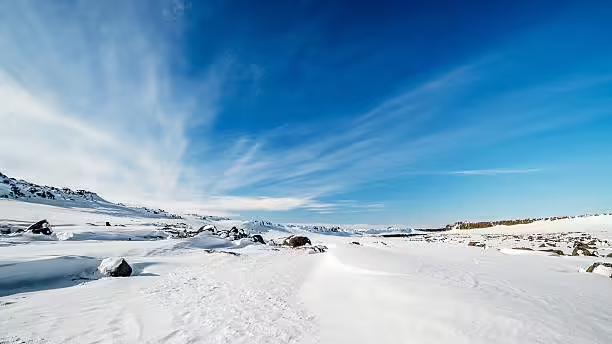
The Atacama Desert.
It is often called the driest place on Earth, yet some areas there never have rain. Still, living organisms thrive here. The desert bursts into bloom with flowers during rare rainfall events; its stark beauty attracts scientists as well as adventurers.
Human Interaction with the Desert
Ancient Civilizations and Desert Mysteries
Deserts have long fascinated human minds and played a deciding role in the rise and fall of civilizations.
Petra: The Lost City of Sandstone
Petra, an ancient city carved into the rose-red cliffs of Jordan’s desert, is one of the world’s most remarkable archaeological sites. Once this principal trading center, a bustling town lost to the Western world for centuries, is rediscovered.

The Valley of the Kings: Desert Tombs of Pharaohs
Deep in the Egyptian desert lies the Valley of the Kings, the burial ground of many of Egypt’s ancient pharaohs. For thousands of years, the desert has served as a shield to these tombs and kept treasures belonging to Egypt’s golden age intact.
Accept the Wonders of the Desert
Desserts are not only physically cold; they are ecosystems full of life, history, and splendor. From towering sand dunes to salt flats that mirror the heavens, from hardy plants and animals, deserts stand testament to nature’s ability to adapt and wonder. As we explore and enjoy these vast regions, focus should also be given to preserving their fragile ecosystems and protecting the many forms of life that depend on them.

FAQ’S
What is the rarest animal found in deserts?
The Przewalski’s horse is perhaps one of the less viewed animals in arid regions due to the fact that it occurs in the Gobi Desert, although this is also counted as critically endangered.
How do plants survive in desert conditions?
Desert plants have a variety of adaptations: some contain fleshy tissue in order to store water (succulent). Others have an abundant root system and a relatively low leaf surface to diminish the rate of water loss.
Can people live in deserts permanently?
Yes, people can and do live in deserts. Nomadic tribes, for example, such as the Tuareg, and permanent desert communities have learned to style their lives so that they can survive comfortably in arid conditions, leaning on oases and traditional knowledge about water sources.
What is the largest desert in the world?
The largest desert in the world is the Antarctic Desert, a cold desert. The Sahara is the largest hot desert.
Are deserts expanding due to climate change?
Yes, desertification that is caused by climate change and human activities, like deforestation and overgrazing, is increasing the area of many desert regions, where different types of ecosystems and human ways of life are under threat.




